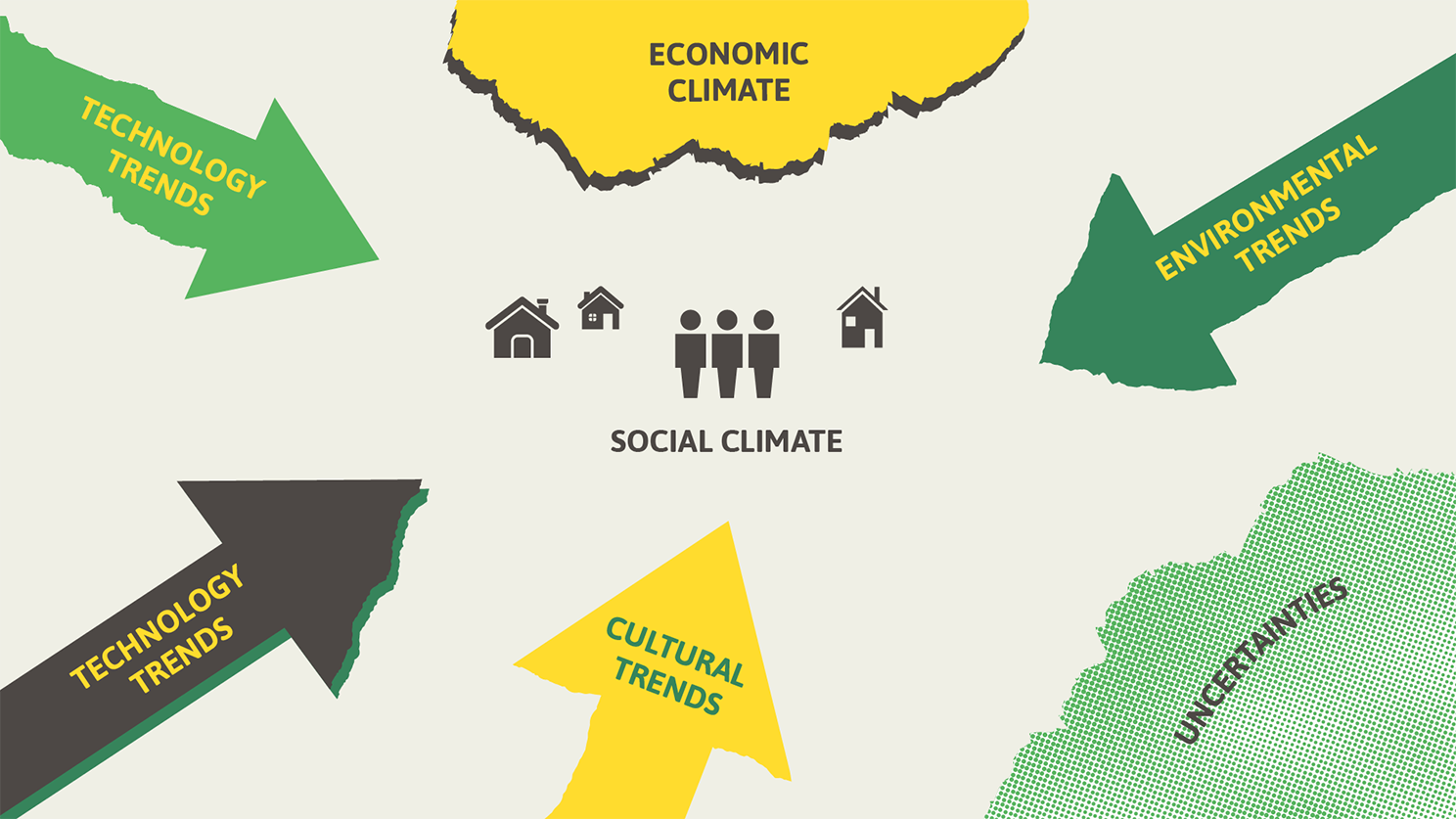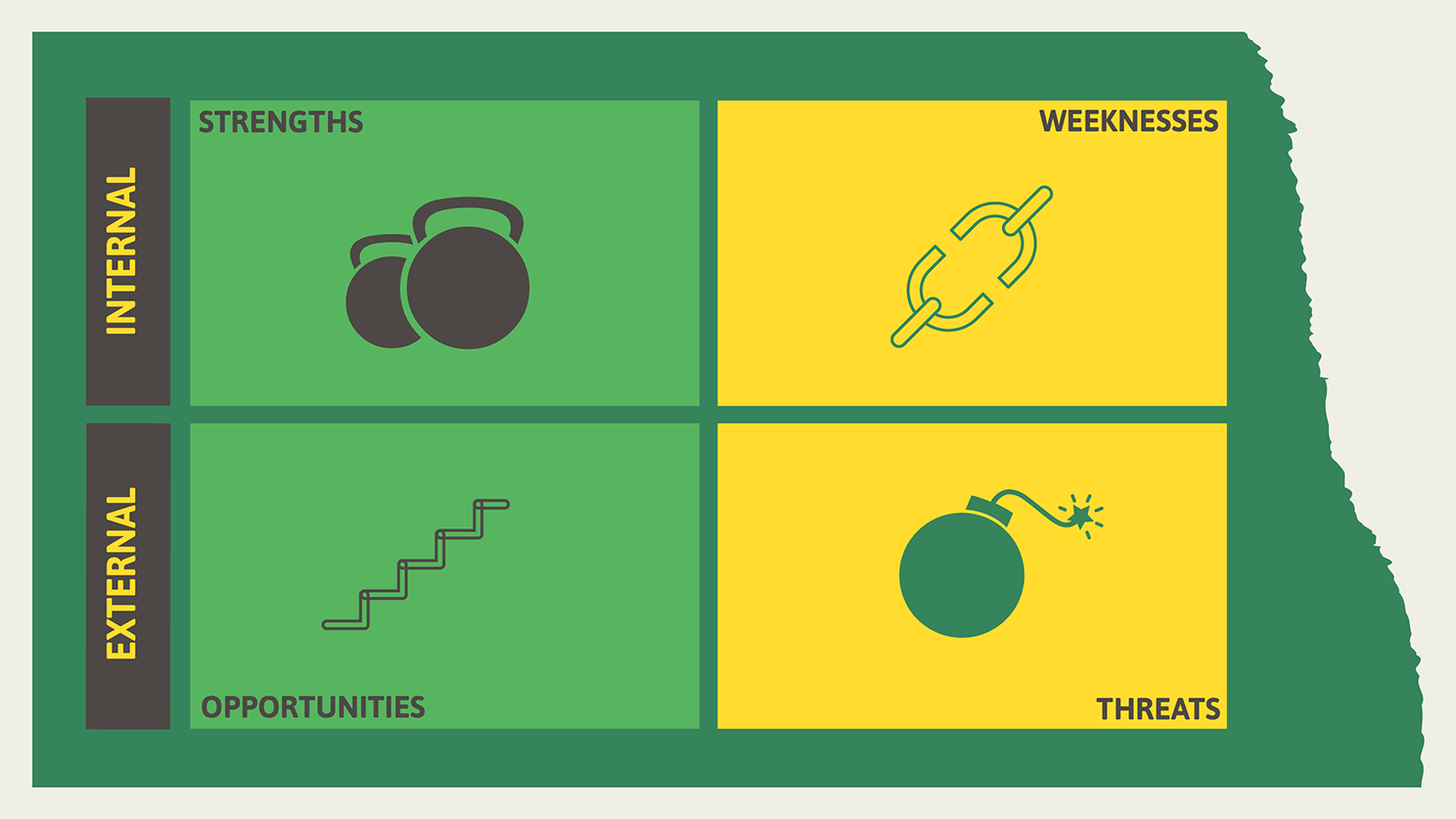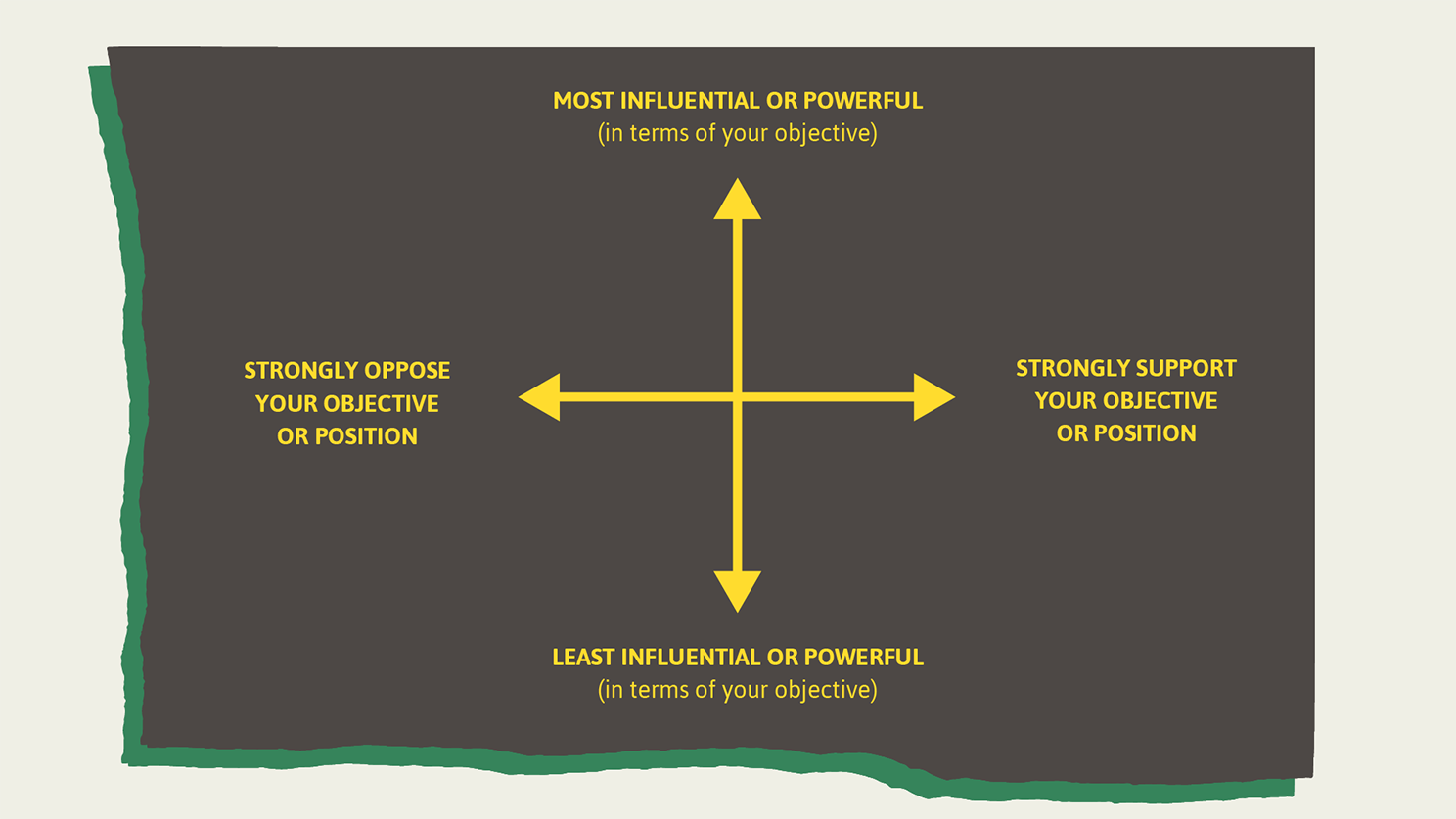In this article, different models are described that help get an understanding of the campaign context. What are the parties’ strengths, weaknesses, opportunities and threats, who are your political friends and foes, and what are the issues voters are concerned about and their emotions?
¶ Short introduction
When former British Prime Minister Harold Macmillan was asked the greatest challenge for a statesman, he replied: 'Events, dear boy, events.' Therefore, the greatest challenge for a campaign is the events happening around it. In other words, the context in which it takes place. This article will focus on the context of the issues, emotions, and powers relevant to the campaign and suggest how to turn these challenges into opportunities.
¶ Campaign context
There are many ways to look at the context in which a campaign takes place. For example:
- the electoral context (what type of election is it)
- the logistical context (how long is the campaign period)
- the party context (strengths, weaknesses, etc.)
- the social context (issues, emotions, etc.)
- The economic climate (what are the economic concerns)
- Technology trends (new social media platforms, smartphone usage, etcetera)
- Uncertainties (what are the known unknowns?)
One of the defining contexts of any campaign is that of communication technology. The printing press, the radio, the television, the internet, the smartphone, social media have all changed the nature of political campaigns. Although not discussed in this article, be aware of any significant new developments in (communications) technology and (media) trends and how they are used in your local context.

By assessing the social and political context in which a campaign takes place, strategies and tactics can become clearer and messaging a lot better. This article discusses a few lenses and methods to help better assess those contexts.
¶ Issues
One way of looking at elections is as if it were a referendum on the most important issues in society at that moment in time. Voters are looking for parties and leaders with the most convincing stories, or solutions, to those issues. Therefore the issue-context of a campaign is very important.
There are many ways of assessing the issues that concern people. One way is by looking at the headlines and hashtags that are getting the most attention on (social) media. Another way is by looking at your target audience (your voters, your members) and asking them what they are concerned with or listening to what resonates with them.
Data is helpful. Often, there is existing quantitative polling readily available from (inter)national government- and marketing, giving insights into citizens' main concerns. Additional polling is useful for more specific insights into your target audience's issues. Polling can be bought (expensive, easy) or conducted yourself (difficult, cheap). Qualitative data is generally more expensive to collect and analyse, but it can help to dive deeper into the mindset of voters.
Observation is important. Pay attention to what’s happening in the country, communities and society. What do you see or hear that looks like a problem or an opportunity? What concern does a sizable group of voters have that is not getting enough attention from media or other parties? What are the issues that make the lives of your potential supporters harder?
According to the issue ownership theory of voting, voters identify the political party that they feel is the most competent, or credible, proponent of a particular issue and cast their ballots for that issue owner. However, voters will only do so if they think the issue is important, in other words: if that issue has salience.
When looking at the issues, also look at the emotions. If voters think an issue is very important and are very unsatisfied with what the government is doing, it is understandable if they get angry. If they think an issue is important but believe the government is doing what it can, it is understandable if they stay calm. Voters are more likely to choose a party that talks about the issues they think are important and match or addresses the emotions that come with it.
¶ Value Proposition Canvas
The Value Proposition Canvas is a tool used by marketers to assess the issues and emotions of an audience and define the right solution (product). The tool, basically a white sheet of paper, is used to write down an audience’s fears, wants, and needs. Additionally, a product’s benefits, features, and experience are written down.
.jpg)
The tool translates quite nicely to politics. What are the fears, wants and needs of a voter? What are the features of the party: does it discuss and prioritise the issues of that voter, and does it offer real policies and solutions? What are the benefits of the party: does it address the emotions (the fear, anger, hope) of that voter? Finally, what is the experience of the party: can it be trusted to not only promise but also realise a solution, can the voter trust and believe the party speaks the truth and can acquire power?
¶ SWOT analysis
The acronym "SWOT" stands for Strengths - Weaknesses - Opportunities - Threats.
The idea is that at the analysis stage, you identify the strengths and weaknesses of your campaign, any opportunities you can take advantage of, and threats you need to deal with. Then, make sure any plan you make takes these into account.
- Strengths concern internal characteristics of the party, which contribute to or otherwise facilitate the party’s success during a campaign. Because they are internal, they lie within the party's control.
- Weaknesses are also internal characteristics of the party but which limit or risk impeding the party’s success.
- Opportunities concern things outside of the party’s control, such as the media and other parties. Opportunities may help the party achieve a successful campaign if it can find some way of exploiting these opportunities.
- Threats are things that you can't control but might hurt your campaign. Such as a new political competitor, or a change in the issues that media and voters will be concerned with.

A SWOT analysis is a useful tool to start conversations amongst your staff. Identifying weaknesses is not a bad thing, it is encouraged to be self-critical. That said, the negative language of ‘weaknesses’ and ‘threats’ may or may not be helpful. You can use the tool in the same way using ‘areas to develop’ and ‘challenges’ as alternative headers.
It can also be helpful to do a SWOT analysis of your main political competitors or adversaries.
¶ Power Mapping
Once you know yourself and your opponents, you should look outside of politics and see other stakeholders’ power over the election. This is called Power Mapping. The goal of a Power Map is to identify relevant players and key players during a campaign.
The map offers a visual representation of where power relationships stand during the campaign. You can put the organisations on the X-axis, showing how much they agree with your vision/goals/ideology. The Y-axis shows how influential they are.

When you have mapped the power, you can assess which players align with you and have power during the campaign. Perhaps they can be recruited as ‘allies’ that you can mobilise using certain strategies. Additionally, more neutral, powerful players could be drawn closer to your positions and goals.
¶ Summary
Understanding the context in which a campaign takes place is very important and can influence the issues the party talks about, the emotions that it conveys, the allies it seeks and the opportunities it grabs. The relevant context can be made clear with strategic brainstorming sessions and data collection.
Last updated: June 2022
¶ Related articles
¶ External resources
- Context Map (moblab)
- Value Proposition Canvas (slidetodoc)
- Power map (Commons Library)